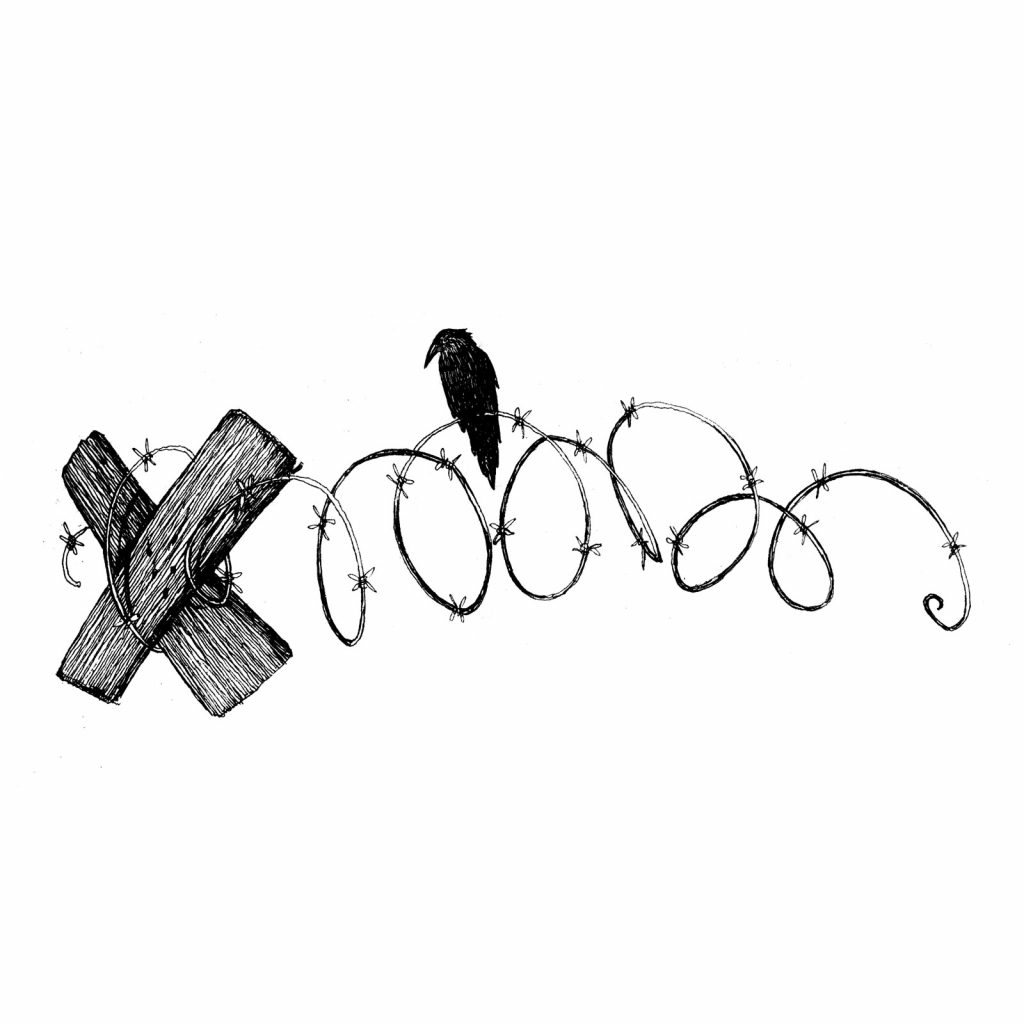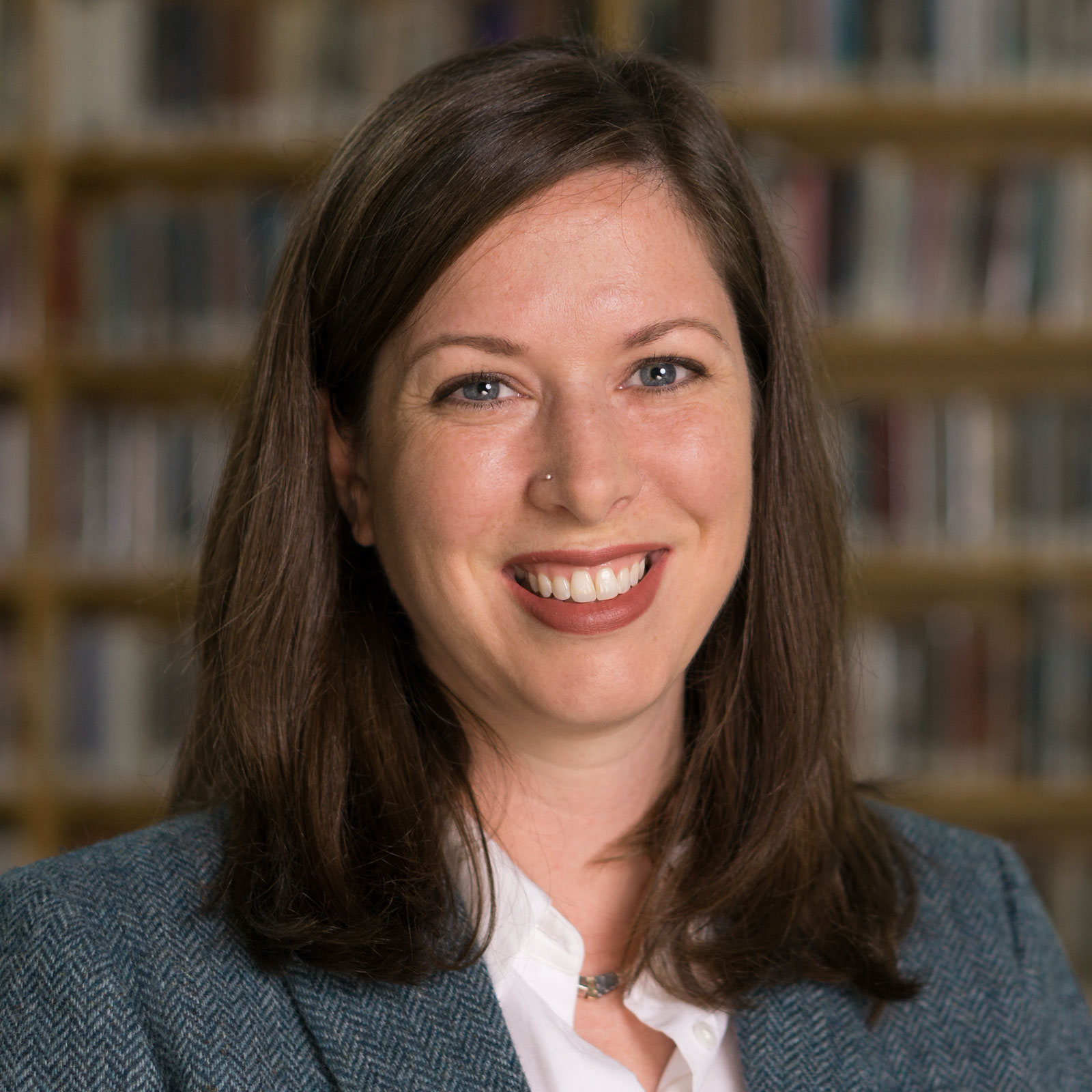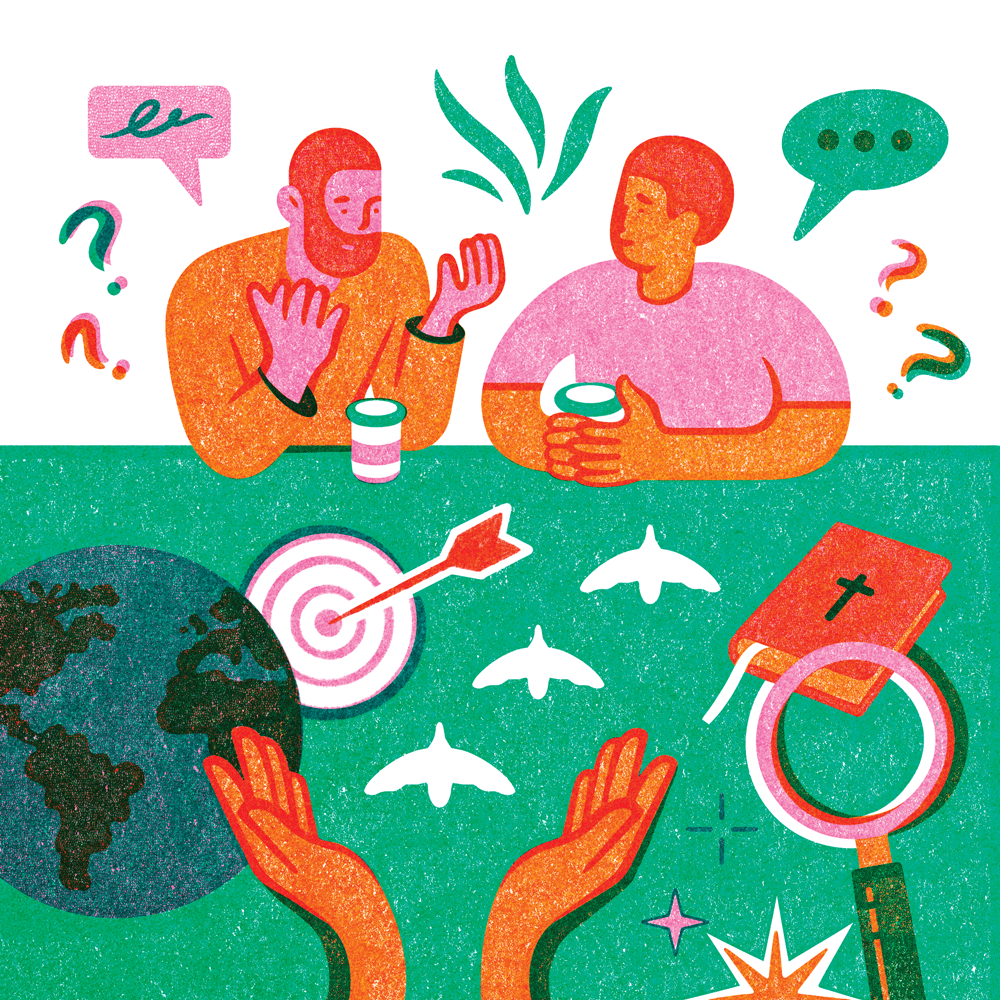 Image Credit: Rohan Eason
Image Credit: Rohan Eason
We Remember
In 1940, Betty Hyatt was just six years old when her family decided to flee their home in Belgium.Betty Hyatt was just six years old when her family decided to flee their home in Belgium and go to France, after Nazi Germany invaded Belgium in 1940.
However, France was no safer for Jews, as Germany soon invaded France as well. Some of Betty’s family members were taken away by the authorities; they were warned that women and children would soon also be rounded up. Betty, along with her younger brother, mother and grandmother, went into hiding with the help of the French Underground (a resistance group). Betty later recounted that it was a woman in a Salvation Army uniform who took Betty on the back of her bicycle to a hiding place.
Anonymous, Yet Remembered
Nazi Germany and its collaborators killed 1.5 million children and adolescents in the Holocaust. Thousands more lived in grave danger and many were separated from their families temporarily or permanently. Children were particularly vulnerable during the Holocaust, as in any war or violent conflict.
Although The Salvation Army (l’Armée du Salut) was banned in France during World War II, some Salvationists (members of The Salvation Army) remained active. Some Salvationists provided food and money to Jews and helped find destinations for Jews going into hiding. Betty said they never sought recognition, and indeed, we don’t know the Salvationist woman’s name, nor her reasons for engaging in such dangerous activities. But Betty never forgot her brief interaction with The Salvation Army, whom she described as “incredible people.” Through Betty’s story, told in an interview decades later, we can learn a bit of the impact that the woman’s anonymous actions had on Betty’s life. (See the Visual History Archive, USC Shoah Foundation, Interview with Betty Hyatt, April 1, 1998).

Small Actions, Profound Outcomes
Things in life are not often simply black and white—this is certainly true of people’s actions during the Holocaust. We might expect that people of faith were helpers and rescuers, propelled by unwavering moral conviction to fight injustice and act with compassion. Unfortunately, the history is far more complex. People who went out of their way to help persecuted Jews around them during the Holocaust were the exception, not the rule. They usually acted alone, or in informal networks, rather than responding to instructions or encouragement from leaders or authority figures.
The Salvation Army, like many other organizations and churches, has a complicated history during this period. There was no large-scale effort to provide assistance to Jews or to speak out against anti-Semitism. But we do find many stories like Betty Hyatt’s—Salvationists in Switzerland, Belgium, the Netherlands, France, Sweden and other countries who provided shelter, assistance and community to those facing persecution and violence. Sometimes they acted illegally to do so, put their own safety at risk to help others or saw past the racial prejudice that permeated their society. The history of the Holocaust is full of countless stories that will remain anonymous. But we can learn from these stories that sometimes small actions can lead to profound outcomes and that a series of small decisions by an individual person could contribute to a much larger story of survival.
“People who went out of their way to help persecuted Jews around them during the Holocaust were the exception, not the rule.”
Hear the People
Today we can learn about people’s experiences of survival and loss through personal testimony, such as the interviews conducted by the USC Shoah Foundation (founded by Steven Spielberg in 1994). Many interviews are available online and the full collection is available at several partner institutions across North America. These interviews are a powerful way to learn about people’s individual experiences during the Holocaust.
If you’re interested in learning more about the actions of The Salvation Army (or other religious groups or charitable organizations), there is much to gain from seeing the period through survivors’ eyes. Other museums and research institutions have also collected survivor testimonies and are happy to have students use them for research or school projects. Let’s choose to remember.
For Further Reflection
January 27, 2020 is International Holocaust Remembrance Day. We can choose to remember by utilizing information at the U.S. Holocaust Memorial Museum (USHMM) which offers online resources and programs that deal with difficult questions about the Holocaust for people of faith: bit.ly/320CCGD.
Explore:
- You can search the USHMM’s Holocaust Encyclopedia: bit.ly/2C087pM
- Articles about children in the Holocaust: bit.ly/36kyqoz
- For articles on rescue, visit bit.ly/2N5VrEl
- The German churches during the Nazi period: bit.ly/2BY4TTR
- Explore more survivor interviews in the USC Shoah Foundation’s Visual History Archive at sfi.usc.edu/vha
- For a brief history of The Salvation Army in France: armeedusalut.fr/armee-du-salut/histoire

Dr. Rebecca Carter-Chand is Acting Director of the Programs on Ethics, Religion and the Holocaust in the Mandel Center for Advanced Holocaust Studies at the United States Holocaust Memorial Museum in Washington, D.C. She is currently revising her Ph.D. dissertation for publication on The Salvation Army in Germany.



